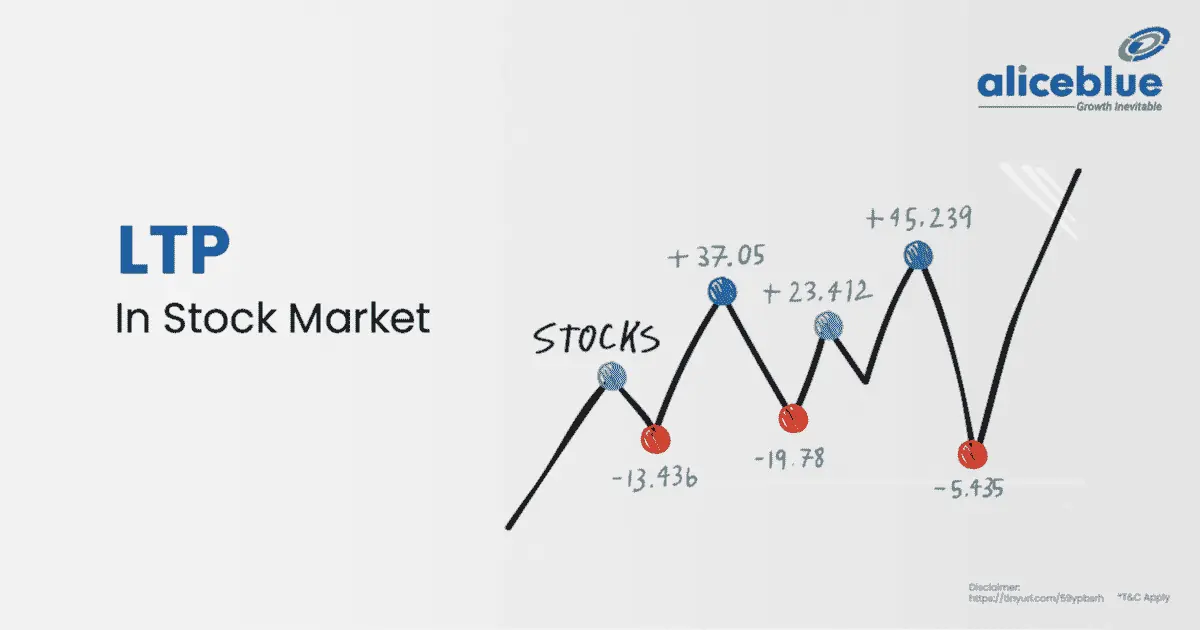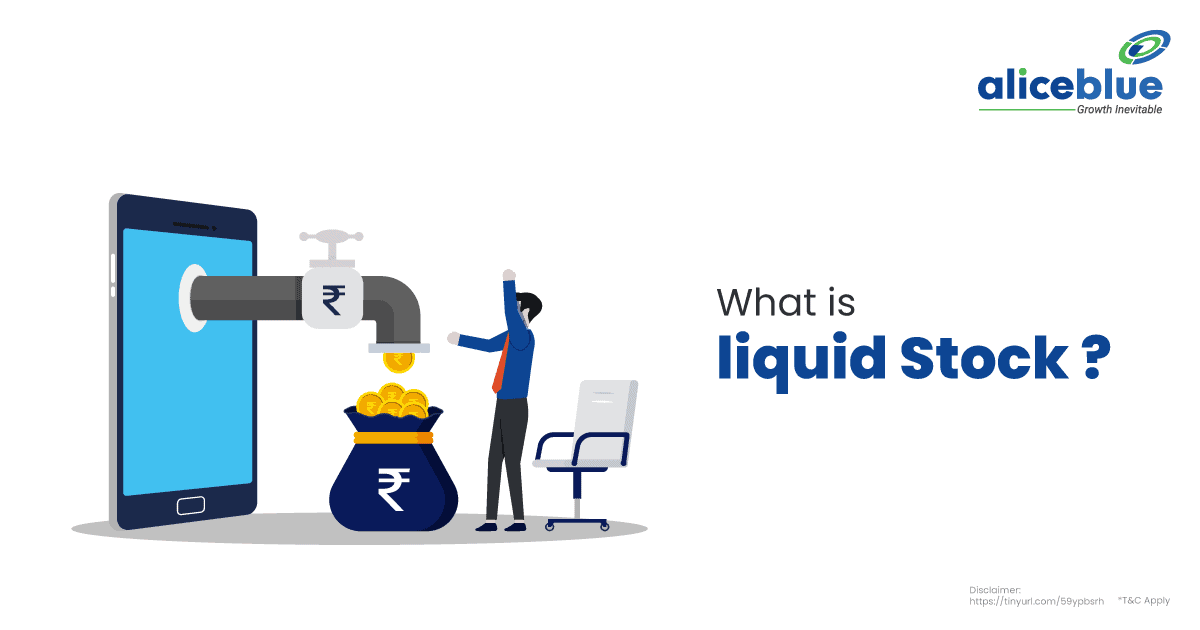LTP, or Last Traded Price, in the stock market represents the price at which a stock was most recently traded. This constantly updated figure indicates the current market valuation of the stock, offering real-time insight into its demand and supply dynamics during trading sessions.
Content Id:
- What Is LTP In Stock Market?
- How Is Last Traded Price Calculated?
- Last Traded Price Vs Closing Price
- LTP In Stock Market – Quick Summary
- LTP Meaning In Stock Market – FAQs
What Is LTP In Stock Market?
LTP, or Last Traded Price, is a term in the stock market indicating the price at which a particular stock was last traded. It’s a real-time indicator of a stock’s current market value and changes continuously as new trades are executed.
The LTP is crucial for investors and traders, as it provides the latest information on stock prices, aiding in decision-making for buying or selling. It reflects the current supply and demand dynamics of the stock in the market.
For example: If the LTP of a Reliance Industries stock is ₹2,000, it means the most recent transaction for that stock was executed at a price of ₹2,000.

How Is Last Traded Price Calculated?
The Last Traded Price (LTP) isn’t calculated but recorded. It’s simply the price at which the most recent trade of a particular stock or asset occurred. This price is continuously updated throughout a trading session as new transactions take place in the market.
Last Traded Price Vs Closing Price
The main difference between Last Traded Price (LTP) and Closing Price is that LTP is the price of the last transaction during trading hours, while Closing Price is the final price at which a stock settles at the end of the trading day.
| Aspect | Last Traded Price (LTP) | Closing Price |
| Definition | The price of the most recent trade during market hours. | The final price at which a stock settles after the trading day ends. |
| Timing | Continuously updated throughout the trading session. | Determined at the end of the trading session. |
| Indication | Reflects real-time market activity and current value. | Represents the stock’s value at the end of the day, used for historical data and analysis. |
| Usage | Used for real-time trading decisions. | Used for performance analysis, reporting, and as a basis for the next day’s opening price. |
| Fluctuation | Can change rapidly with market activity. | Remains constant after the market closes until the next trading day. |
| Reference Point | Important for intraday trading and immediate transactions. | Crucial for evaluating daily performance and longer-term trends. |

To understand the topic and get more information, please read the related stock market articles below.
LTP In Stock Market – Quick Summary
- LTP, short for Last Traded Price, refers to the most recent price at which a stock was traded in the stock market. This constantly changing figure reflects the stock’s current market value with each new transaction.
- Last Traded Price (LTP) is the recorded price of a stock’s most recent transaction, not a calculated value. It updates in real-time during a trading session, changing with each new trade in the market.
- The main difference is that LTP represents the price of a stock’s last trade during market hours, whereas Closing Price is the stock’s settled price when the market closes for the day.
- Open free demat account with Alice Blue in 15 minutes today! Invest in Stocks, Mutual Funds, Bonds & IPOs for Free. Also, trade at just ₹ 15/order and save 33.33% brokerage on every order.
LTP Meaning In Stock Market – FAQs
What is the LTP in the stock market?
In the stock market, LTP (Last Traded Price) is the price at which a stock’s most recent trade occurred. It’s a real-time figure that constantly updates as new transactions happen during trading hours.
How is LTP calculated?
LTP, or Last Traded Price, isn’t calculated but rather recorded. It’s the price at which the most recent transaction of a stock occurred, updating continuously as new trades are executed during the market’s trading hours.
What is the difference between LTP and close price?
The main difference is that LTP (Last Traded Price) is the price of the most recent trade, while the closing price is the final price of a stock at the market’s close.
What is the difference between trade price and market price?
The main difference is that trade price refers to the actual price at which a transaction occurs for a security, while market price is the current price quoted at which the next trade is available.
We hope that you are clear about the topic. But there is more to learn and explore when it comes to the stock market, commodity and hence we bring you the important topics and areas that you should know:






